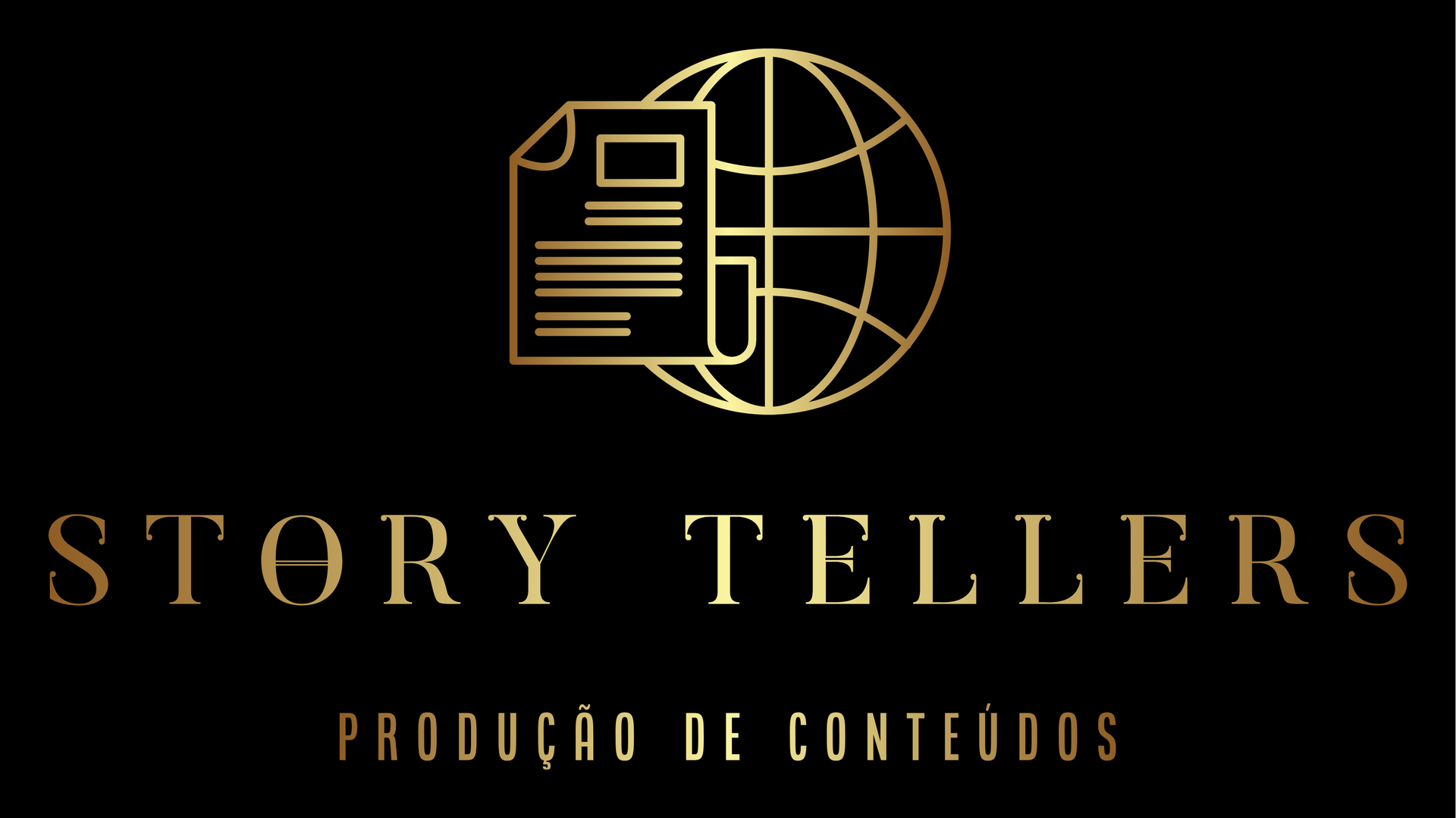Public speaking: 6 tips to combat fear
By Marta Ferreira - Journalist
Sweaty hands, shaky voice, racing pulse... Is it familiar?
Being in front of an audience is not always easy. At work or outside, this can be an overwhelming experience.
A study by the British newspaper Sunday Times in 2015 shows that the fear of public speaking can overcome other concerns, such as finances or an illness. But like all problems, this one has a solution too.
Communicating clearly is essential and an indispensable tool in any social, professional or casual context. That's why we've put together six tips that will help you overcome your nerves and improve your self-confidence when speaking to multiple people.
1. Prepare your self.
First of all, you should start by defining the theme and main points of your presentation. Make a script and gather as much information as possible. When you master the subject there is no reason to stutter or hesitate.
Will you be speaking in person or online? With or without multimedia support? How is the place/environment? This is the time to ask all questions and anticipate possible surprises.
2. Assess the audience.
Realizing who the public should be one of the first steps. What will work better in this situation? Consider the various approaches. Does the moment call for a more formal language? More emotional? Or does it ask a more informal and humorous tone?
The big challenge is to win over viewers and involve them in the subject, which may benefit from some interaction with people during the presentation. Make use of your charisma.
3. Relax your body and find your voice.
Not all of us are born communicators, that's for sure. Voice volume, timbre, pronunciation and diction, this all influences how your message will be conveyed and understood.
Try to speak in a measured and articulated way, without omitting letters and giving relevant small pauses between sentences. Don't speak too loudly or too low.
Relax! Posture is important for establishing credibility and body language can say as much as the words we use. No stiffening like a hostage at gunpoint. Balance your performance with some subtle gestures, always keeping your arms above your waist line at all times. Legs should be slightly apart and eye contact should be present. Don't be afraid of taking breaks to breathe.
4. Use fear positively.
Being afraid is natural. It means that there is concern with the subject addressed, as well as a sense of responsibility in carrying out the task. But how to turn this anxiety into encouragement?
Appreciate your commitment. You investigated, studied, trained and now is the time to share with others the fruit of the work developed so far. Rather than thinking you're not good enough, try listing some qualities. Be critical enough, work on the less strong points of the presentation and bet on the strong ones.
Pay attention to the signs your body gives you. Sweaty hands, a shaky voice, and a rapid pulse are all indicators of nervousness. Try to interact with the audience. If you can, introduce some humour. If this is not an option, take a short break, breathe and think about an important point of the message you want to pass. If you master what you are going to say, the nervousness has reduced. And remember: making mystiques is human.
5. Let out the paper.
Avoiding reading is ideal, unless absolutely necessary (eg citations or relevant statistical data). But because memorizing a text requires some effort depending on one's memorizing capacity, it is recommended not to do so. Understanding can be more useful than memorizing to avoid such "blanks".
Overly elaborate scripts can also be distracting. Focus on knowing how the speech will begin and end, and don't waste time on side issues.
6. Practice. A lot.
Rehearse with friends, family or even alone in front of a mirror. Recording videos, for example, is a good way to detect and correct possible mystiques in pronunciation, posture, among others, in time for the big day.
If possible, practice timing your speech to work around any delays.
Finally, please tailor your clothing for the occasion. Pay some attention to your image, as this is your calling card.



